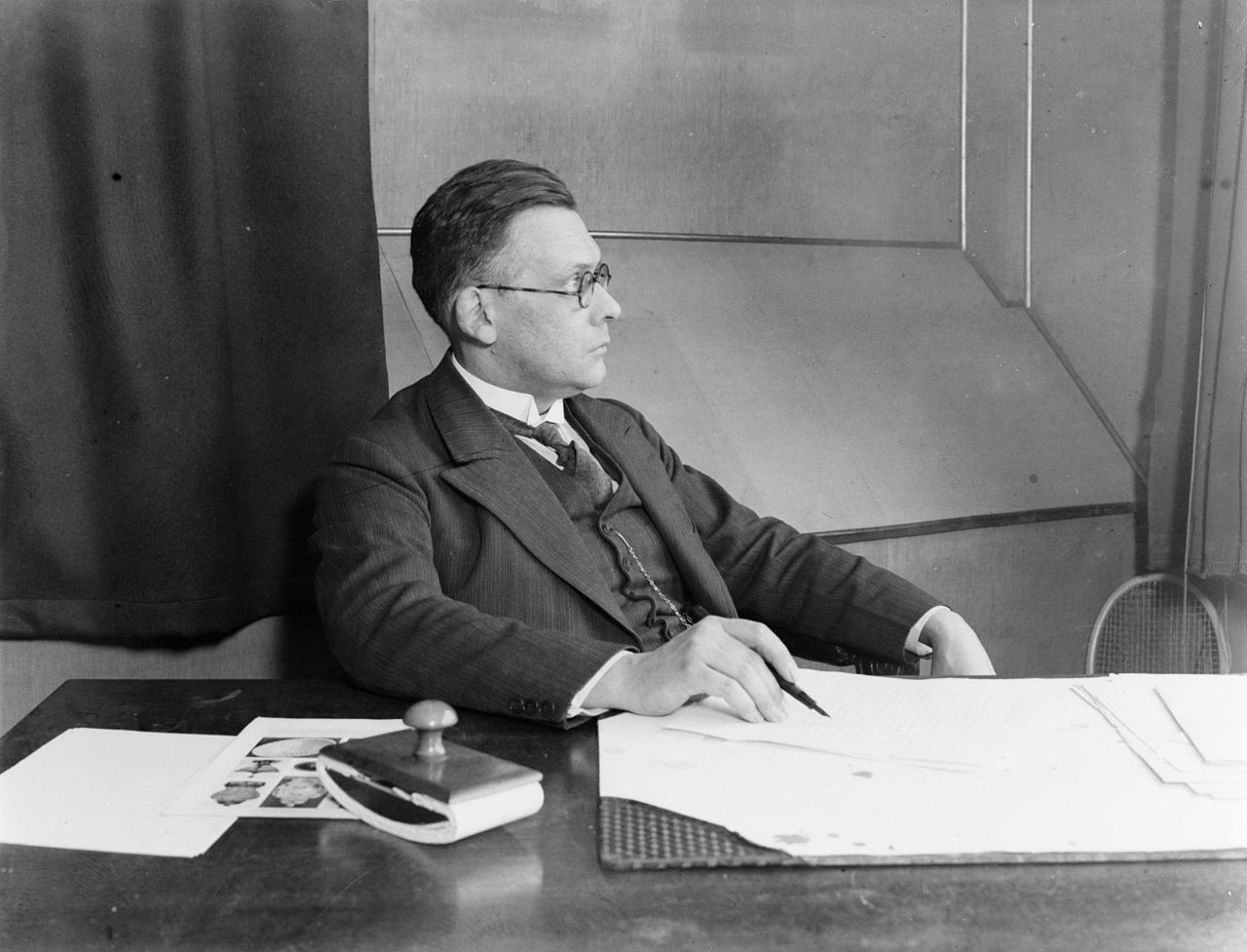For an annotated list of previous posts in this series see the archived page:
Daniel Gullotta’s Review of Richard Carrier’s On the Historicity of Jesus
Criticized for being Euro-centric and male-centric, these holistic-comparative theories have been almost universally rejected by scholars of folklore and mythology, who instead opt for theories of myth that center on the myths’ immediate cultural, political, and social settings.
(Gullotta, p. 342)
Here Gullotta is introducing a criticism of the theories that may be applicable to values of comparative literature studies but has no relevance to Carrier’s use of one of those theories. At least Gullotta does not explain how the Euro- or male-centric bias of the theories undermines the questions that are raised when seeking to explain the significance of the stories of Jesus in relation to mythical motifs.
Nevertheless, if a general point of reference for Jesus is required, why does Carrier not use Joseph Campbell’s Hero with a Thousand Faces as his reference class? Is it because Campbell’s system is so general and universal it would fit almost any figure or story (hence the term monomyth)?
(Gullotta, p. 342)
Here again we find an odd criticism. Does Gullotta seriously suggest that Jesus should be compared with a model that attempts to describe the common human attributes found in all figures of myth, history and everyday life of us all? What would be the point of showing that Jesus undergoes at some level experiences that every figure, real or imagined, fantastical or real-life, undergoes?
Why does Carrier preference a hybrid Rank-Raglan’s scale of 22 patterns, over Rank’s original 12? Could it be because Rank’s original list includes the hero’s parents having ‘difficulty in conception’, the hero as an infant being ‘suckled by a female animal or humble woman’, to eventually grow up and take ‘revenge against his father’?
(Gullotta, p. 342)
We addressed this rhetorical question in the previous post.
Why not Jan de Vries’ heroic biographical sequence or Dean A. Miller’s characteristics of a Quest Hero?

Let’s look at Jan de Vries’ heroic biographical sequence and the pages Gullotta cites:
PATTERN OF AN HEROIC LIFE
I. The begetting of the hero
A. The mother is a virgin, who is in some cases overpowered by a god . . . .
B. The father is a God. . . . .
C. The father is an animal, often the disguise of a god. . . . .
D. The child is conceived in incest . . . .
II. The birth of a hero
A. It takes place in an unnatural way. Zeus brings forth Dionysus out of his thigh, Athene out of his head. . . .
B. The ’unborn’ hero, i.e. the child that is born by means of a caesarean section
III. The youth of the hero is threatened
A. The child is exposed, either by the father who has been warned in a dream that the child will he a danger to him, or by the mother who thus tries to hide her shame.
B. The exposed child is fed by animals. . . . .
C. After that the child is found by shepherds, etc. In some cases it is found by shepherds or it is taken to them.
D. In Greek legend various heroes are brought up by a mythical figure;
IV. The wαγ in which the hero is brought up
A. The hero reveals has strength, courage, or other particular features at a very early age.
V. The hero often acquires invulnerability
VI. One of the most common heroic deeds is the fight with a dragon or another monster
VII. The hero wins a maiden, usually after overcoming great dangers
VIII. The hero makes an expedition to the underworld
IX. When the hero is banished in his youth he returns later and is victorious over his enemies. In some cases he has to leave the realm again which he has won with such difficulty.
X. The death of the hero
Heroes often die young. . . . .
Certainly not all of the above apply to Jesus. But not all of them apply to all heroes, either. Vries notes Continue reading “Continuing Gullotta’s Criticism of Carrier’s Use of the Rank-Raglan Archetypes”
